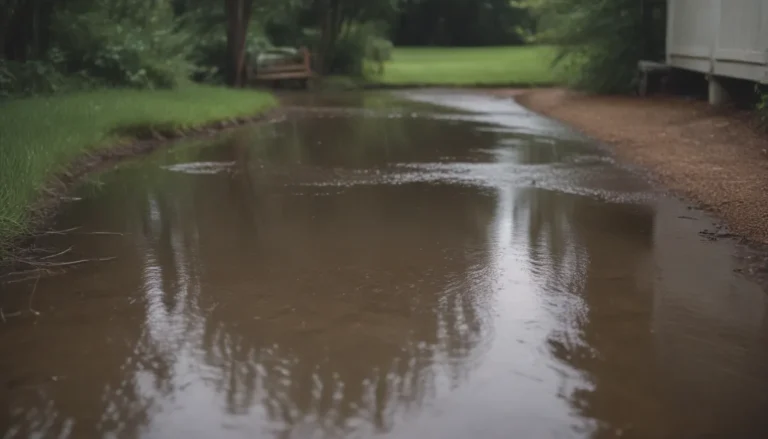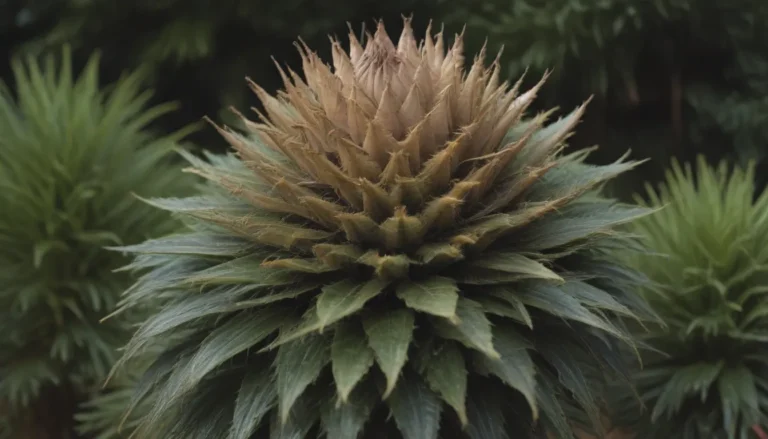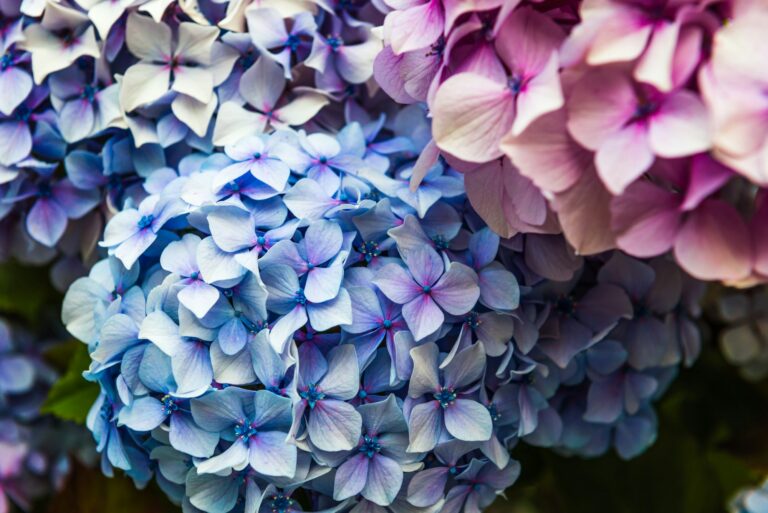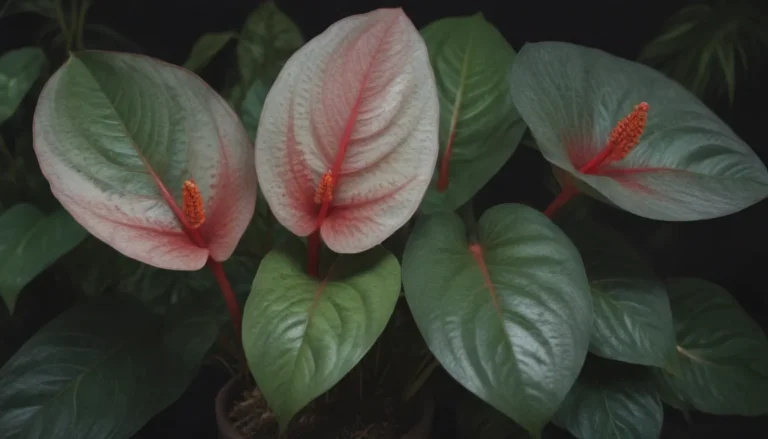Hydrangea Winter Care: A Comprehensive Guide for Gardeners
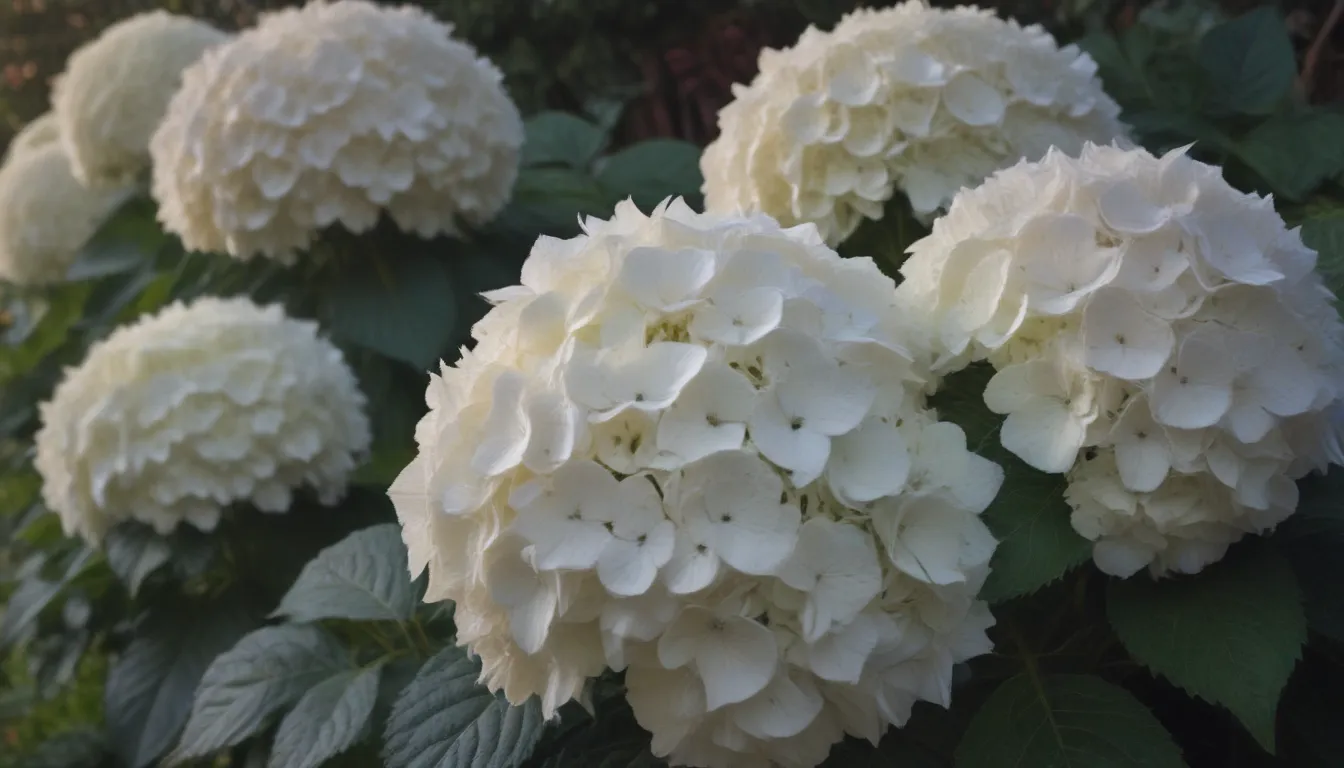
Hydrangeas are a beloved addition to many gardens, offering stunning blooms and vibrant color throughout the growing season. However, when winter arrives, these beautiful shrubs may need a little extra care to ensure they survive the cold months and bloom again in the spring. In this guide, we will explore the various types of hydrangeas, their winter care needs, and practical tips for keeping your hydrangeas healthy during the colder months.
Understanding Hydrangea Varieties
Before diving into winter care tips, it’s essential to understand the different types of hydrangeas and their unique characteristics. Hydrangeas come in five main types, each with varying degrees of winter hardiness:
- Paniculata and Smoothleaf Hydrangeas: These varieties are generally very cold hardy and may not require additional winter protection.
- Oakleaf and Climbing Hydrangeas: Also known for their cold hardiness, these varieties are resilient in winter weather.
- Macrophylla Hydrangeas: This type, including mophead and lacecap hydrangeas, can be more sensitive to cold temperatures and may require extra care during the winter months.
When it comes to macrophylla hydrangeas, one common issue gardeners may face is a failure to flower in the summer. While some believe fertilization is the solution, the more likely culprit is the failure of flower buds to survive cold winter temperatures. It’s essential to consider your hydrangea’s specific type and its hardiness zone when planning for winter care.
Assessing Your Hydrangea’s Location
The first step in preparing your hydrangeas for winter is to evaluate their current location. Whether planted in pots or in the ground, the placement of your hydrangeas can impact their ability to withstand winter conditions. Here are some considerations to keep in mind:
- In Pots: If you have hydrangeas in pots, consider bringing them indoors before the first frost hits. Place them in a location where they won’t be exposed to freezing temperatures and water sparingly to prevent root rot.
- In the Ground: Ensure that your hydrangeas are in a suitable location based on their hardiness zone. If your macrophylla hydrangea’s hardiness zone is higher than your location, it may struggle to form spring buds. Planting near a structure that retains heat and provides shelter from harsh winter winds can improve their chances of survival.
By understanding your hydrangea’s specific needs and adjusting their location accordingly, you can set the stage for a successful winter care routine.
Methods for Winter Protection
When it comes to protecting your hydrangeas during the winter months, there are several effective methods you can employ to safeguard your plants from the cold. Here are some practical tips:
-
Create a Shelter: Construct a simple structure around your hydrangea using stakes and insulating materials like burlap or chicken wire. Layer lightweight insulation material such as pine straw or oak leaves within the structure to create a protective zone against cold temperatures and harsh winds.
-
Wrap Your Hydrangea: Another option is to wrap your hydrangea in foam or insulation material. Secure the wrapping gently but firmly, ensuring that no branches are damaged in the process. This method can provide an extra layer of protection against winter weather.
-
Commercial Structures: Alternatively, you can purchase commercially-made structures designed for hydrangea protection. These ready-made solutions offer convenient winter protection for your plants without the need for DIY construction.
Regardless of the method you choose, the goal is to create a barrier that shields your hydrangeas from extreme cold and wind, preserving their health until the arrival of spring.
Winter Watering and Feeding Tips
Proper hydration and nutrition are essential for your hydrangeas’ well-being during the winter months. Here are some tips to keep your plants healthy and strong:
-
Watering: Before the ground freezes, ensure your hydrangeas are well-watered to keep their roots hydrated. Dry winter winds can deplete moisture from shrubs, making it crucial to maintain adequate hydration levels.
-
Feeding: Provide your hydrangeas with nutrients by top-dressing the soil with compost or composted manure. This replenishes the soil with essential nutrients and helps your plants stay healthy throughout the winter season.
-
Mulching: Add a layer of lightweight natural mulch, such as pine bark or oak leaves, around the base of your hydrangeas after the ground has frozen. This helps retain moisture and protects the roots from extreme temperatures.
By implementing these watering and feeding practices, you can ensure that your hydrangeas have the necessary resources to thrive during the winter months and emerge strong and vibrant in the spring.
Conclusion
In conclusion, caring for hydrangeas during the winter requires attention to their specific needs and environmental conditions. By understanding the different types of hydrangeas, assessing their location, employing protective measures, and providing essential water and nutrients, you can help your plants withstand the challenges of winter and thrive year after year.
With these comprehensive winter care tips, you can ensure that your hydrangeas remain healthy, vibrant, and ready to dazzle you with their beauty once the warmer weather returns. By taking the time to care for your hydrangeas during the winter months, you are investing in the long-term health and vitality of these beloved garden shrubs.


